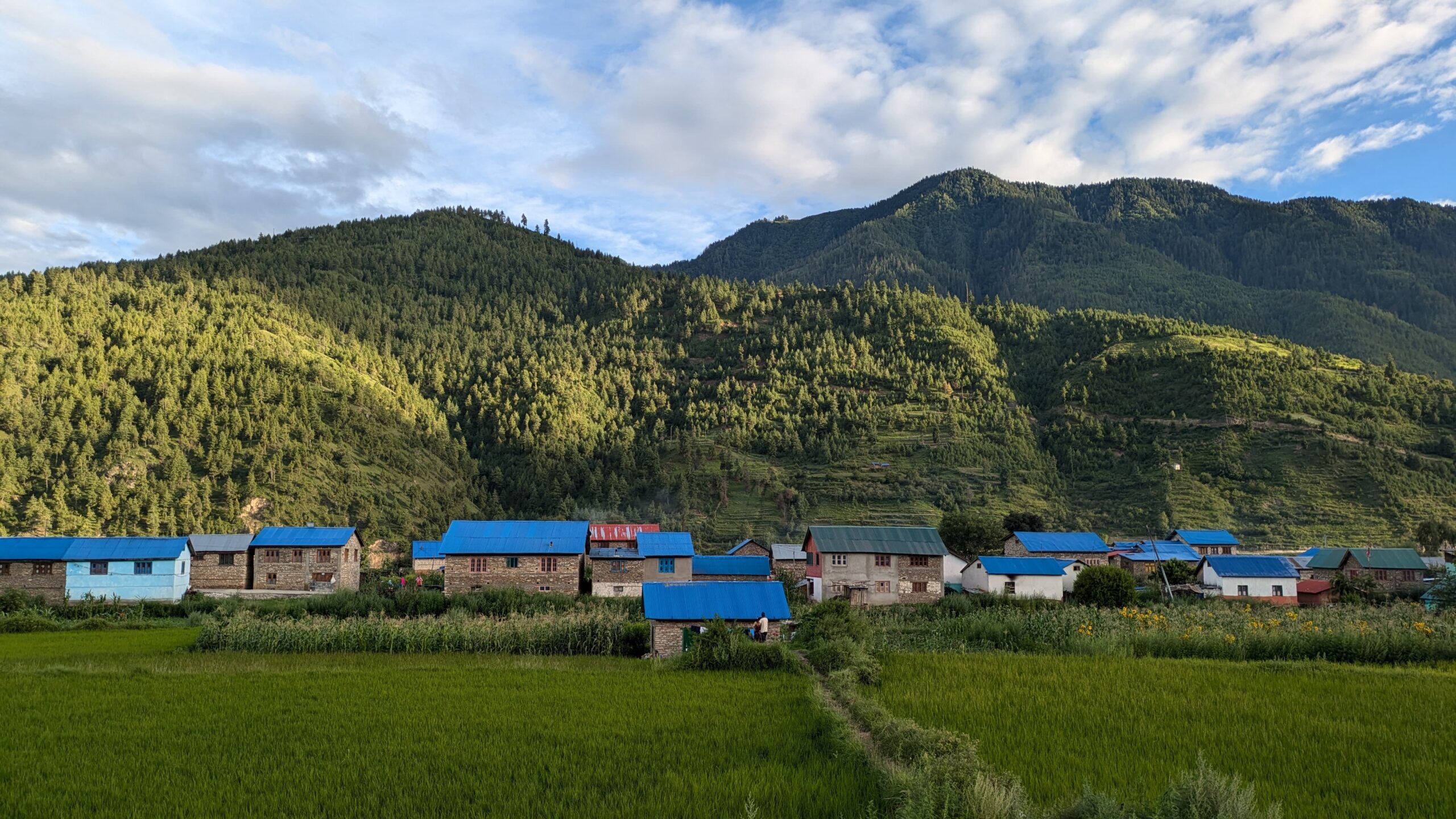Discourse On Resilient Development Of Karnali Province
July 10, 2024
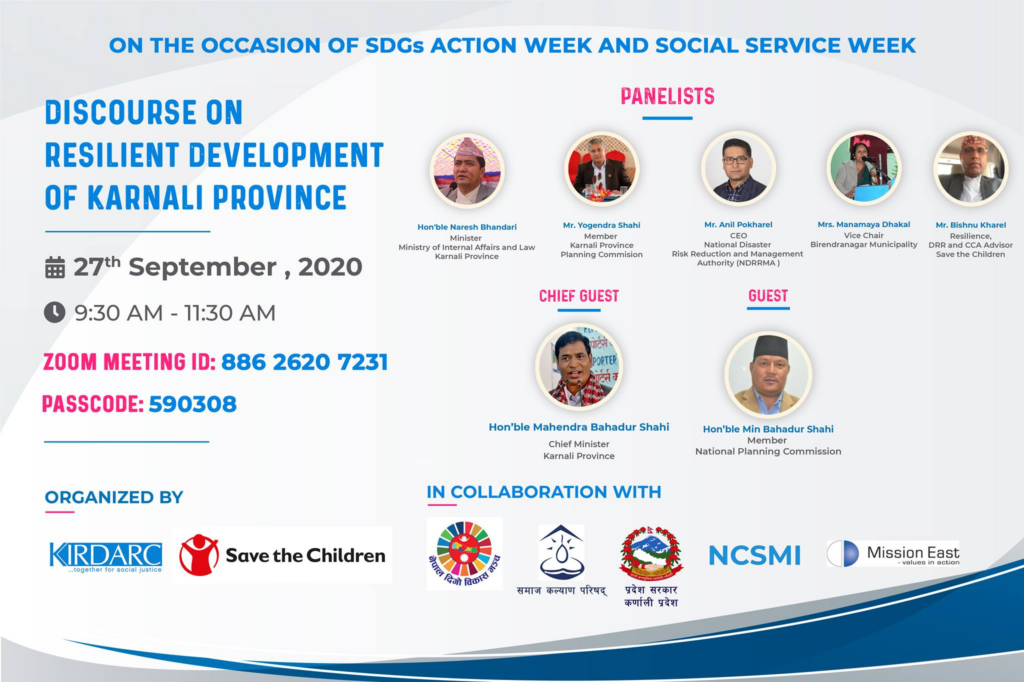
Karnali region has abundant opportunities; however, it is disaster prone region i.e. landslides, floods, earthquake, lightening, fire, etc. Some of the disasters are trans-boundary in nature. Encroachment of human settlement has caused damages by floods. Urban management needed to be effectively executed. Climate change effects are observed. From which, marginalized and vulnerable communities are mostly affected. 356 have died and more than 100 are still missing this year alone from the different 63 died and 13 are missing in Karnali province. Among the affected, Kalikot is the worsted affected district this year. Other physical and infrastructural damages are also so high this year. Government is committed to effectively execute National Disaster Risk Reduction and Management Strategic Plan of Action (2018-2030). Children and communities from poor families from are the most vulnerable from the disaster and climate change effects despite conspiring them as change agent or nation builder of the nation. 35-40% deaths from the disasters are accounted children. To foreground the issues, challenges and opportunities of resilient development in Karnali Province in mainstream development process in the wake of recurrence of disaster incidents in the region and to advocate for policies and legislations in Karnali Province for resilience building and disaster risk management with priority to protect children, PwDs as highly vulnerable groups Karnali Integrated Rural Development and Research Centre (KIRDARC Nepal) and Save the Children collaboratively organized discussion program on Resilient Development of Karnali Province on 27th September 2020 via virtual platform (Zoom). The program was organized in collaboration with Nepal SDGs Forum, Social Welfare Council, Government of Karnali Province, Nepalese Civil Society Mountain Initiative (NCSMI), and Mission East marking the SGDs Action Week and Social Service Week in Nepal. Chief Guest was Hon’ble Mahendra Baharu Shahi, Chief Minister of Karnali Province and Hon’ble Min Bahadur Shahi, Member of National Planning Commission was the guest of the program. Hon’ble Naresh Bhandari, Minister of Internal Affairs and Law, Karnali Province; Mr, Yogendra Shahi, Member of Karnali Province Planning Commission; Mr. Anil Pokharel, Chief Executive Officer of National Risk Reduction and Management Authority (NDRRMA); Ms. Manamaya Dakhal, Vice-Chair, Birendranagar Municipality, Surkhet; Mr. Bishnu Kharel, Resilience, DRR and CCA Advisor, Save the Children were the panelists. More than 100 local governments’ representatives and government officials, experts on Disaster Risk Reduction (DRR) and Climate Change Adaptation (CCA), representatives from different alliances and networks working in the DRR and CCA sector, representatives from CSOs participated in the program. The program was chaired by Rana Lal Kula, Chairperson of KIRDARC Nepal and moderated by Ms. Geeta Pandey, Environment, Climate Change and Advocacy Manager, KIRDARC Nepal. The program was broadcasted from official facebook page of KIRDARC Nepal, Save the Children, and Community Information Network (CIN) and 10 FM stations from West Rukum, Salyan, Surkhet, Dailekh, Jajarkot, Dolpa, Jumla, Kalikot, Humla, and Mugu districts of Karnali province. The event highlighted that to make resilient development, effective collaboration and cooperation among federal, provincial and local government is necessary. Sustainable and resilient development is essential in present development modality and Local government has to assess the sustainability of the development activities before planning and allocating budget. Human centered development has to be revisited as urbanization, infrastructure development approaches have to focus on sustainable development with necessary plans and assessments . Improving disaster risk governance: policy and institutional establishment from federal (ministry and departments), province, local government, CSOs, private sector all have to collaborate for ensuring effective governance. Preparedness for response: Information system for preparedness (use of science and technology), simulations at all levels, national emergency operation system, warehouse and stockpiles, volunteer mobilization, all security agencies mobilizations, etc. are necessary to be carried out. Development model are crucial to ensure disaster and other risk-free environment at school and communities and there is urgent need of increasing the awareness and increasing the investment in the areas, including DRR and CCA contents in the curriculum.
Explore more
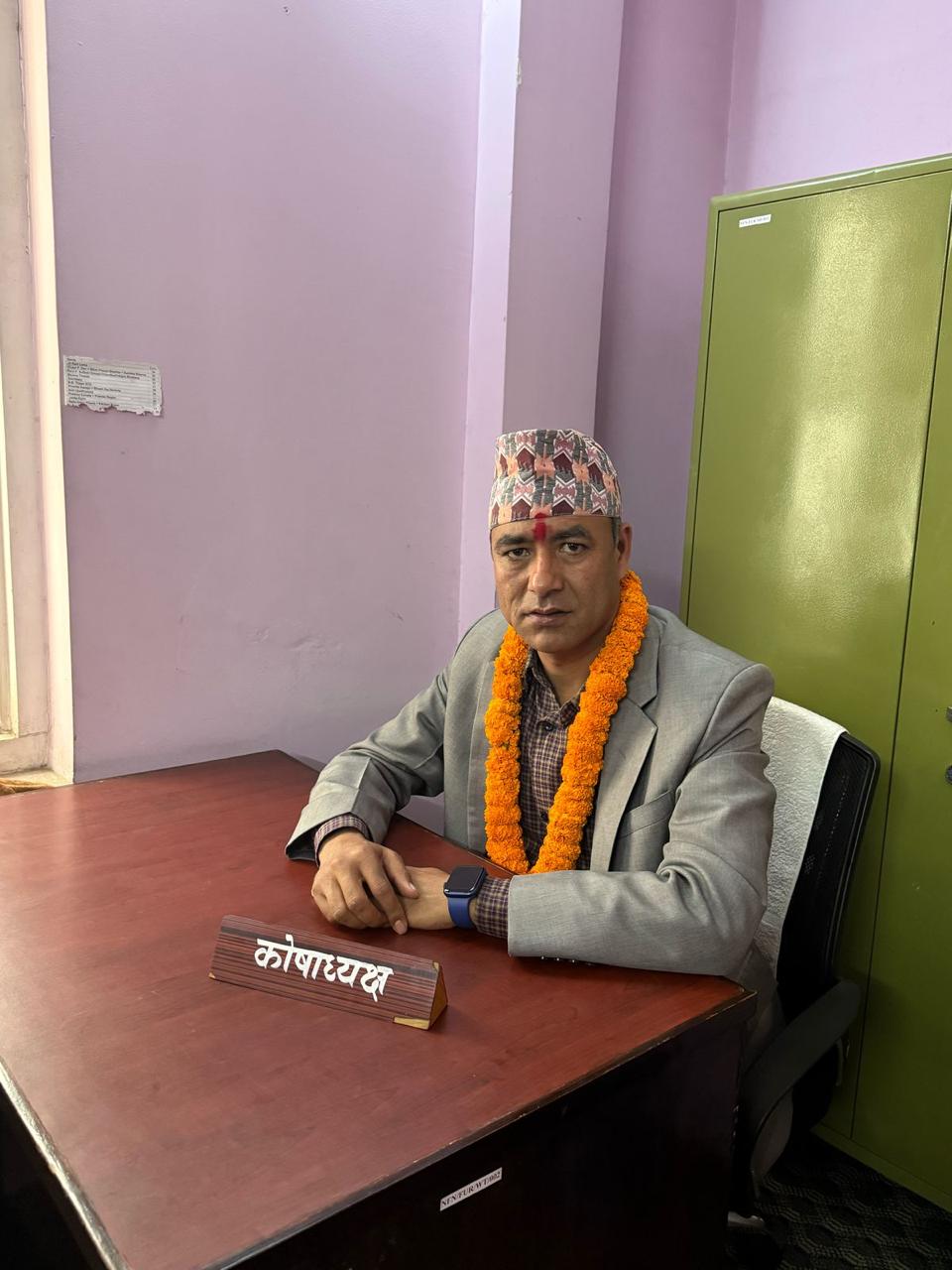
Mar 12, 2025
KIRDARC Nepal proudly congratulates Mr. Gobinda Bahadur Shahi, Executive Director of KIRDARC Nepal, for being elected as Treasurer of the NGO Federation of Nepal at its 11th National Convention.

Feb 28, 2025
The International Year for Glaciers’ Preservation—2025: Science, Prediction, and Response to Global Decline in Mountain Snow and Ice
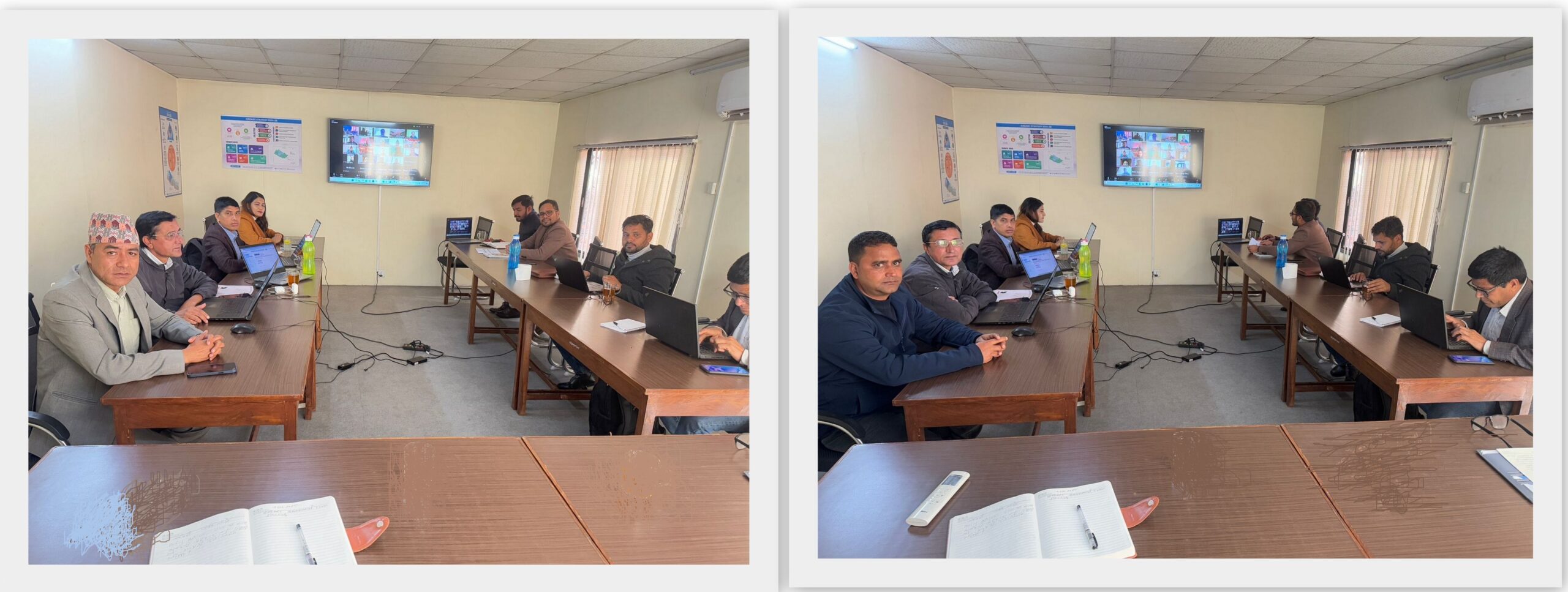
Feb 12, 2025
KIRDARC Nepal Management Team meeting 12th February 2025
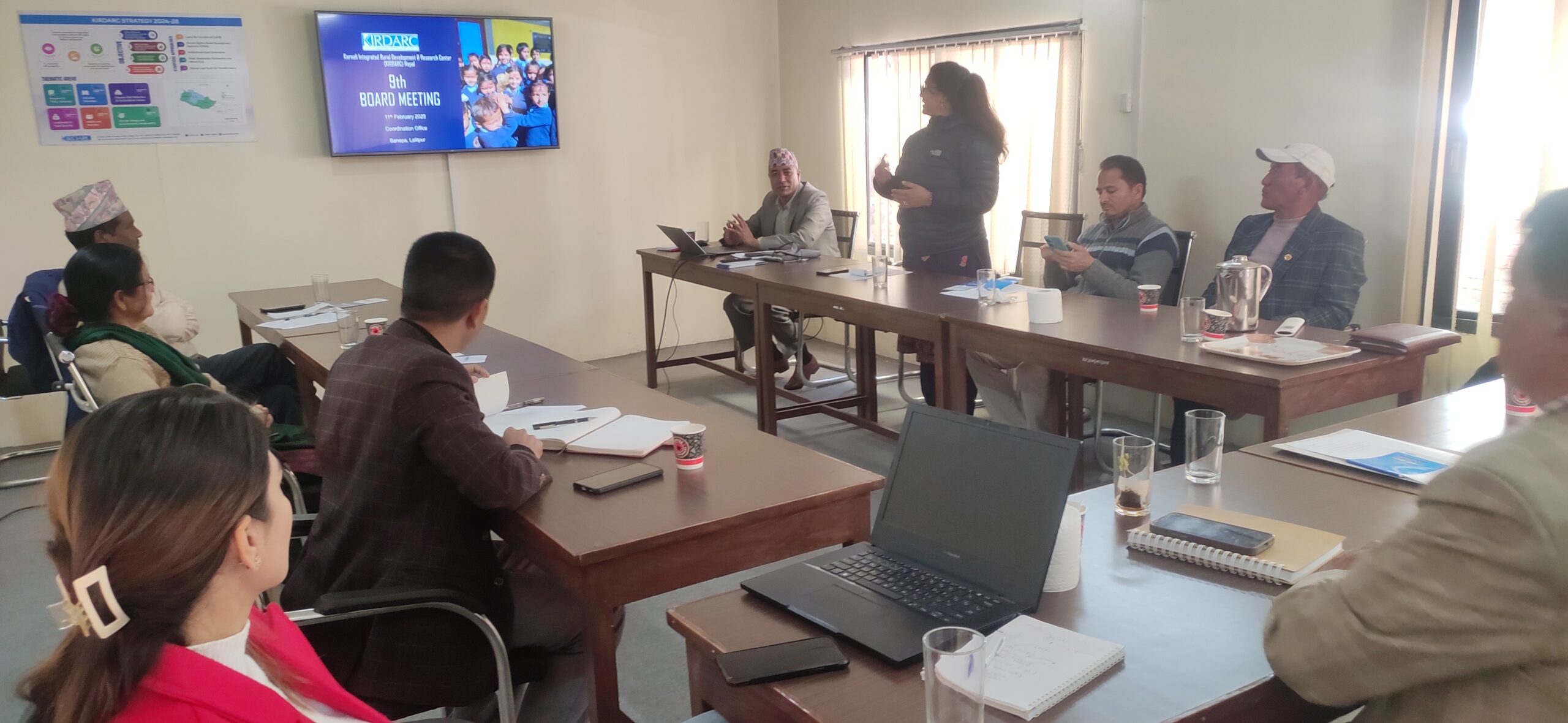
Feb 11, 2025
9th Board meeting of KIRDARC Nepal conducted on 11th February 2025

Jul 10, 2024
National Budget Dialogue: Fighting Inequality for Inclusive and Fair Development

Jul 10, 2024

